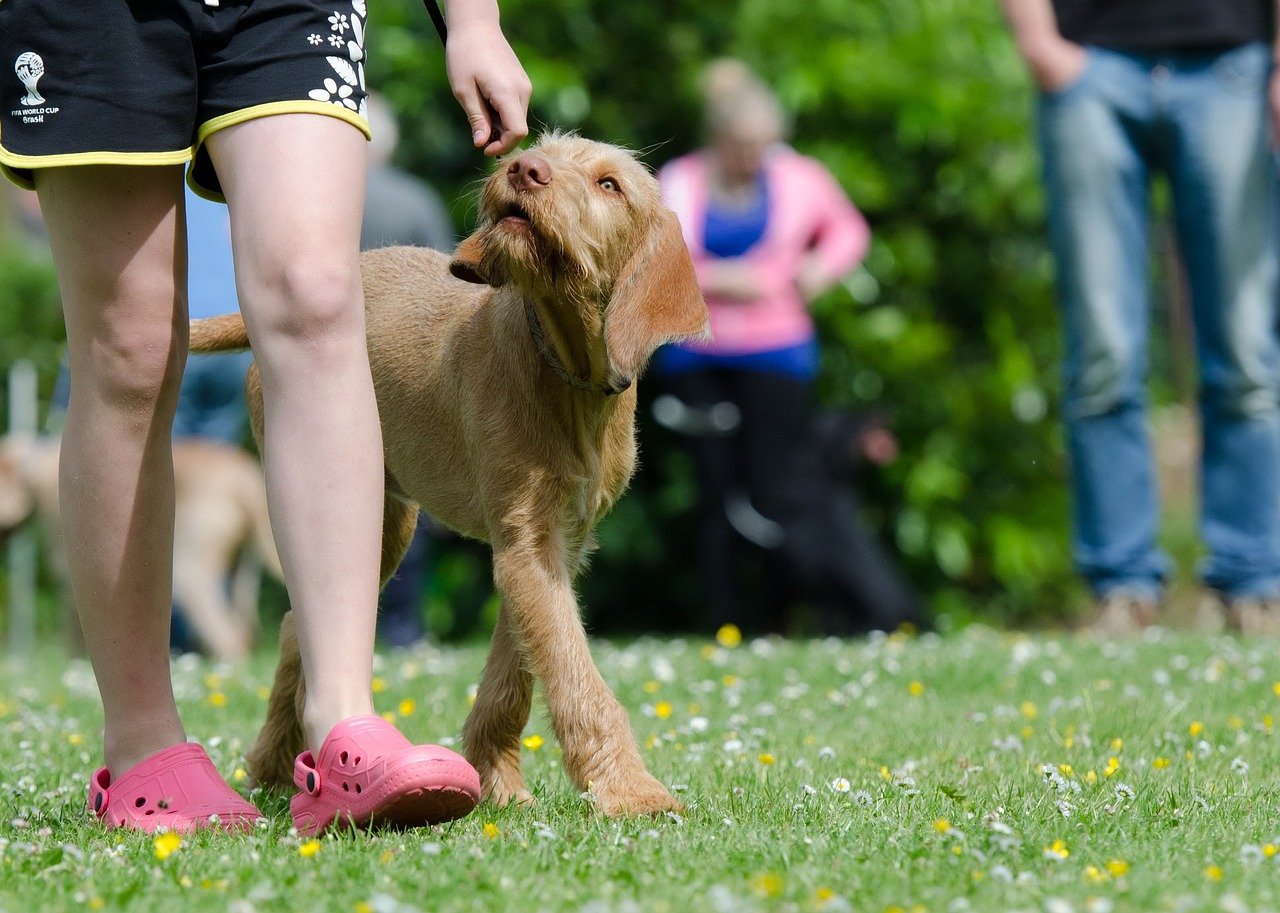Have you ever watched two dogs in the park and wondered if they’re sharing secrets or even teaching each other new tricks? Imagine if one clever pup could actually teach another how to “speak” or bark on command! For dog lovers, the thought is both hilarious and heartwarming. But is it possible? Can dogs really pass on the art of communication to their furry friends, or is this just wishful thinking? Let’s dig into what experts and science have to say about this fascinating idea.
How Dogs Communicate With Each Other
Dogs are masters of communication, but it’s not all about barking. They use a rich mix of body language, facial expressions, tail wags, and even subtle eye movements to send messages. When two dogs meet, their sniffing and circling are part of a complex introduction. Barking is just one of the many ways they interact. While a bark can mean excitement, warning, or playfulness, most of a dog’s communication is silent. This makes it tricky to say if one dog could truly “teach” another to bark in the way humans think of speaking. Dogs learn a lot from watching each other, but it’s usually actions and attitudes, not actual words.
Observational Learning: Do Dogs Copy Each Other?
Observational learning is a powerful tool in the animal kingdom. Dogs often pick up habits and tricks simply by watching their companions. For example, if one dog learns to open a door, others in the house might figure it out just by observing. Experts call this social learning, and it’s why dogs in multi-dog households often mimic each other’s behaviors. However, copying a bark on command is more complex than copying how to beg for treats. It requires not just observation but understanding the link between the command and the action. Some experts believe dogs can pick up simple cues from each other, but true “teaching” is rare.
Canine Intelligence: More Than Just Tricks

Dog intelligence is a source of endless fascination. Some breeds, like Border Collies, are renowned for their quick learning and problem-solving abilities. Experts say that dogs have the mental capacity of a young child, able to understand hundreds of words and gestures. But does this mean they can teach each other language? Most studies focus on how dogs learn from humans, not from each other. Still, stories abound of dogs picking up new behaviors by living with more experienced canine friends. While they might learn to bark at the mailman or whine for dinner, teaching another dog to “speak” on command is a tall order.
The Role of Human Guidance in Dog Training

Humans play a crucial role when it comes to teaching dogs to speak or follow commands. Training usually involves consistent cues, rewards, and lots of patience. While one dog might set an example, it’s usually the human who bridges the gap between the command (“speak!”) and the desired behavior (barking). Without human guidance, dogs may bark at each other, but they rarely connect the idea of barking on cue for a reward. Experts agree: dogs are social learners, but when it comes to training, humans are still the best teachers.
Stories From The Dog Park: Anecdotes and Observations

Dog owners often share delightful stories about their pets picking up habits from each other. Maybe a new puppy starts howling after hearing an older dog bark at sirens, or two dogs develop a “secret language” of playful yips. Some even claim that their untrained dog learned to bark on command after watching their canine sibling perform the trick. While these stories are charming, most experts caution that such learning is more about mimicry than true teaching. Dogs love to be part of the pack, and sometimes that means joining in the noise, not mastering a new command.
Expert Opinions: What The Scientists Say
When asked if dogs can teach other dogs to speak, most animal behaviorists remain skeptical. According to recent research, dogs are quick to mimic actions that come naturally—like barking, running, or playing—but more complex behaviors, especially those tied to human commands, need direct human involvement. Experts point out that while social learning is real, the transfer of learned commands from one dog to another is extremely rare. Dr. Emily Blackwell, a canine behaviorist, says, “Dogs are great imitators, but teaching a command like ‘speak’ involves more than just copying.” In short, science says dogs might inspire each other, but true teaching is unlikely.
When Dogs Do Influence Each Other
That said, dogs definitely influence each other’s behavior. If one dog barks at the doorbell, the others often join in, turning a single bark into a chorus. This is less about teaching and more about group dynamics. Dogs are pack animals at heart, and they naturally synchronize their actions, especially when excited or alert. Over time, a quieter dog might become more vocal simply by being around a louder companion, but this is gradual and not directed learning. It’s like picking up a friend’s habit, not sitting down for a lesson.
Canine ‘Conversations’: Is There More Than Barking?
Interestingly, dogs communicate with each other in ways that go far beyond barking. A look, a posture, or a playful bow can say much more than a bark ever could. Experts believe that these silent signals play a bigger role in dog-to-dog communication than vocalizations do. So, while dogs may not teach each other to “speak” in the human sense, they are constantly sharing information and emotions in their own sophisticated ways. For dog lovers, this is a reminder that our furry friends have their own rich language—one that’s just waiting to be understood.

Esther is from India; the heartbeat of South Asia, holding a Master’s degree in Zoology and a postgraduate diploma in Animal Welfare. Her enthusiasm for animal welfare drives her passion and dedication to working for animals, ensuring their well-being, and advocating for their rights. With a solid academic background and hands-on experience, she is committed to making a positive impact in the field of animal welfare. In her free time, she enjoys embroidery and sewing. As a Chennaite from Tamil Nadu, Esther loves Bharathanatyam, an Indian classical dance form.






